During the inspection, inspectors demand from the owner of the building a passport of the ventilation system. The document describes the technical parameters and the device of the line. The control act is issued by a special commission, it confirms the compliance of the results of aerodynamic tests with the normative indicators. Certification is carried out for all types of systems, a technical document is drawn up after completion of installation and testing.
- Description and the need for certification of the ventilation system
- Who issues the passport
- Interaction between the customer and the contractor
- Samples and examples of the passport of the ventilation system
- Ventilation system passport
- Air handling unit passport
- Ventilation passport according to SNiP
- Passport maintenance and its cost
Description and the need for certification of the ventilation system
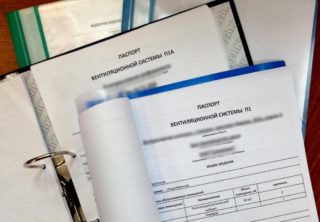
The owners of the building attract unskilled workers for the installation of the ventilation pipeline in order to save money. Checking the work is carried out without calculations and special devices.
A thoughtless saving turns into ineffective work and entails the following consequences:
- the highway does not cope with the tasks;
- there are problems with regulatory authorities;
- followed by additional costs for the elimination of errors and paperwork.
The building owner is interested in proper installation and qualified certification. Service employees carry out instrumental verification and draw up an act of compliance only with positive test results.
Certification is required:
- employees of the company to work in a comfortable environment;
- the manager and the engineering staff to correct deficiencies in the system, carry out maintenance and scheduled repairs;
- the owner of the organization to avoid fines.
According to SanPiN 2.1.3.2630 - 10, the installed ventilation ducts of the supply and exhaust mechanical type must have a technical document.
Who issues the passport
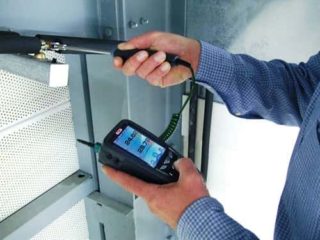
Testing of the ventilation duct system is done using anemometers, manometers and other special equipment.
Inspection and certification are performed by specialized firms:
- Installation and construction organization, if the contractor has a design department and adjusters. Practice shows that even large firms do not have such an engineering and technical staff, for example, there is no qualified chief engineer on the staff.
- Testing laboratories that perform attestation checks, and technical equipment provides high-quality measurements. Sometimes in such organizations there are no engineering workers in the ventilation specialty, therefore, they cannot decipher and correlate the obtained indicators.
- Special associations and organizations carry out tests, diagnostics and issue a passport for the ventilation system. They have highly qualified specialists and a base equipped with the necessary equipment and instruments.
If the documentation for ventilation is done after the start of actual operation, the owner contacts a specialized company. In addition to the passport, checks are required, which are also reflected in technical papers.
The maintenance and operation of the pipeline is carried out by a responsible employee of the organization. Disinfection and cleaning is done at least once a year, and repairs are carried out as needed.
Interaction between the customer and the contractor
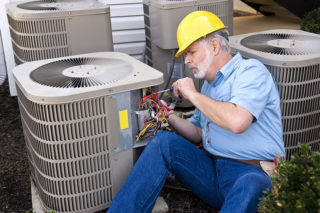
At the first stage, experts inspect the highway and identify congruence or inconsistency with the project. An act of defects is drawn up, which describes the problems, and gives suggestions for their elimination.
The main causes of malfunctions in the ventilation line:
- low-quality materials are used for the manufacture of boxes, shaped elements and other parts;
- construction and installation work was carried out in violation of technology;
- the installed equipment does not correspond to what is provided for in the project;
- start-up activities are carried out by unskilled workers or a test run was not carried out at all;
- the mistakes of the designers were revealed;
- the units in the system are not coordinated according to the technical conditions and are not ready for operation;
- embedded systems are misused.
The customer makes repairs and eliminates all the problems that the inspectors found. After that, the experts again do the analysis and performance check. Based on the results, a ventilation system passport is drawn up. These checks are reflected in a technical report, which provides information about the type of object analyzed and the time of testing. In the form of a table, information is provided on the frequency of air exchange, the quality of the microclimate, the noise level and other indices.
The frequency of testing is determined by the regulations:
- STO NOVOSTROY 2.24.2 - 2011 indicates in the text that the frequency of adjustment of air conditioning and ventilation is established by the department of the federal executive power or technological requirements of production and cannot be less than 1 time in 3 years.
- GOST R 53.300 - 2009 regulates the testing of the smoke control system at least once every 2 years.
- SP 44.25 - 87 says that active ventilation systems are periodically checked by sanitary laboratories. In places of 1 and 2 categories, where there is the release of harmful air components - once a month. Systems of closed local supply and exhaust ventilation - once a year, and the schemes of natural and mechanical ventilation are checked once every 3 years.
The ventilation passport is updated after each transformation of production technology, change of equipment, restructuring and reconstruction of premises. A new document is made immediately after the change, regardless of the timing of the periodic review.
Samples and examples of the passport of the ventilation system
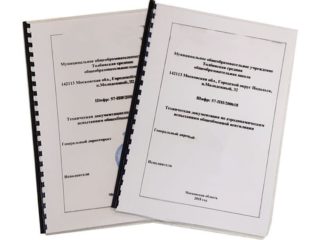
The technical document of the ventilation system reflects all transformations during installation and during operation. Records are updated regularly during reconstruction or periodic checks.
The passport is accompanied by the protocol conclusions of aerodynamics testing and inspection reports during the events:
- checking the performance of fans depending on the difference in pressure in the line;
- inspection of the tightness of the seams of the pipeline and connections;
- noise insulation control and vibration severity determination;
- study of the occurrence of excess pressure in the control areas.
The passport contains about 8 pages, which are stitched in the workshop or connected with a spring. Additionally, a protocol on the replacement of constituent elements or their replacement is submitted. Recommendations for the operation of the pipeline are attached in an abbreviated form. If the installer saves the results of research and work in electronic form, a note is put in the passport that there are such protocols, and an address is given to receive them, if necessary.
Ventilation system passport
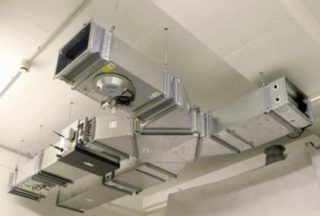
An assessment of the quality of the microclimate in the area of operation of the installation is carried out. The temperature, humidity, air mobility are investigated. Noise in the ventilation system is caused by a lack of insulation, unbalanced fans or a small diameter of the air ducts. Heat is lost through the system, if the box is not protected from the cold, heating costs increase.If the humidity in the room rises regularly, fungus and mold appear.
Procedure for drawing up a passport for ventilation:
- the dimensional parameters of boxes, bends and fittings are measured;
- the air pressure at the outlet and inlet is determined;
- the correspondence of the actual turnover of flows and the calculated frequency of air exchange is checked;
- the speed of air movement is measured;
- the cleanliness of the internal space and the presence of accidentally caught objects are checked;
- the state of the heat-insulating shell is examined;
- an expert opinion and an act of work performed are drawn up.
A visual representation of pollution and obstacles in the air path is obtained with the help of modern video equipment. Technologies use remote robotic cameras that are placed in the duct channel.
Air handling unit passport
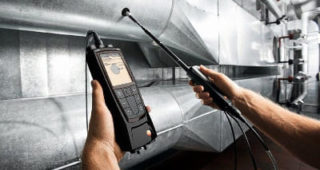
The study of the ventilation line during certification includes aerodynamic tests according to a specific method. The measuring equipment is used in a standard manner with the expectation of statistical errors. The aerodynamic resistance is checked in the sections of the main channel and branch channels, the mine structure is being investigated.
The indicators identified during the test are compared with theoretical data, and a conclusion is made about the factors influencing the change in working indices.
The passport describes the structural elements:
- links for coordinating work, for example, dampers or turbine control devices;
- heat exchange system between incoming and outgoing flow (recuperation circuit);
- electric motors, their type and characteristics.
Start-up and commissioning adjusts the valves and flow control devices to the point where the output is at design values. The technical document must be filled in when the owner changes or the old passport of the ventilation system is lost.
Ventilation passport according to SNiP
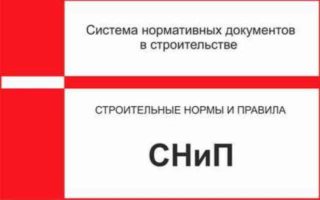
A sample passport of the ventilation system and its component sections are given in SNiP 3.05.01 - 1985 "Internal plumbing systems". The passport for ventilation units is regulated by the text SNiP 44.01 - 2003 "Heating, air conditioning and ventilation".
The description states:
- the address of the object under investigation and its purpose;
- characteristics of systems;
- layout of equipment in axonometric projection with indication of control areas and test points;
- technical documents for fans, coolers, filters, air heaters, etc.
An example of filling out the passport of the ventilation system in 2020 in terms of compliance with sanitary and technical parameters is in SanPiN 2.2.2.548 - 1996 "Hygienic requirements for the microclimate of premises".
The organization that carries out certification of the smoke control system must have a license from the Ministry of Emergencies, in other cases, a work permit from an SRO is sufficient - a self-regulatory organization that controls and develops uniform quality and production standards.
Passport maintenance and its cost
New passports are drawn up when the ventilation pipeline is put into operation, but entries in the text of the document are added regularly during inspections. Information is entered into special tables, they are made by a responsible person, for example, an energy engineer or a mechanic of an enterprise. If the organization does not have such employees, specialists are hired. Many protocols accumulate during the long-term operation of the system, so only the first and 5 last options are left.
The cost of the passport is given in the estimate, which is agreed with the customer before carrying out the work. Rechecking is usually done at a discount if old experts are involved. The price depends on the size of the object, the branching of the pipeline and the amount of equipment involved in the pipeline. The approximate cost of examination and preparation of a passport is 3 thousand rubles including VAT.








